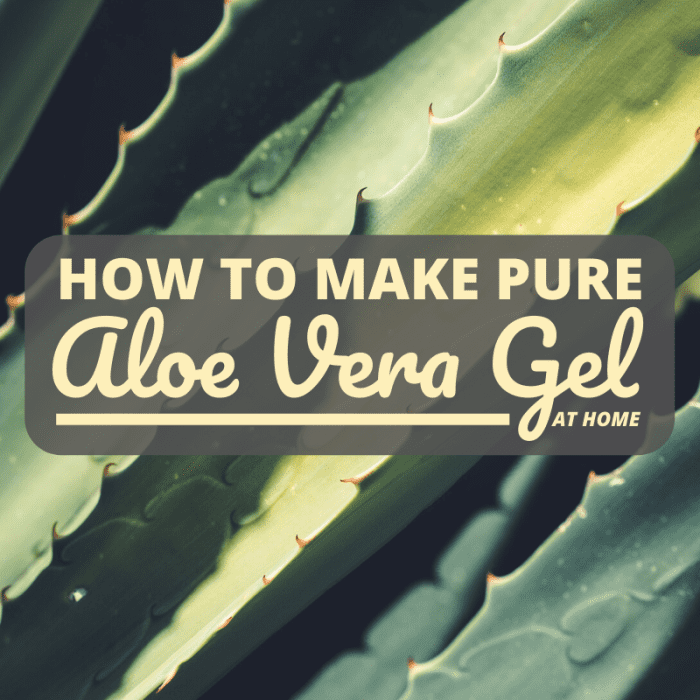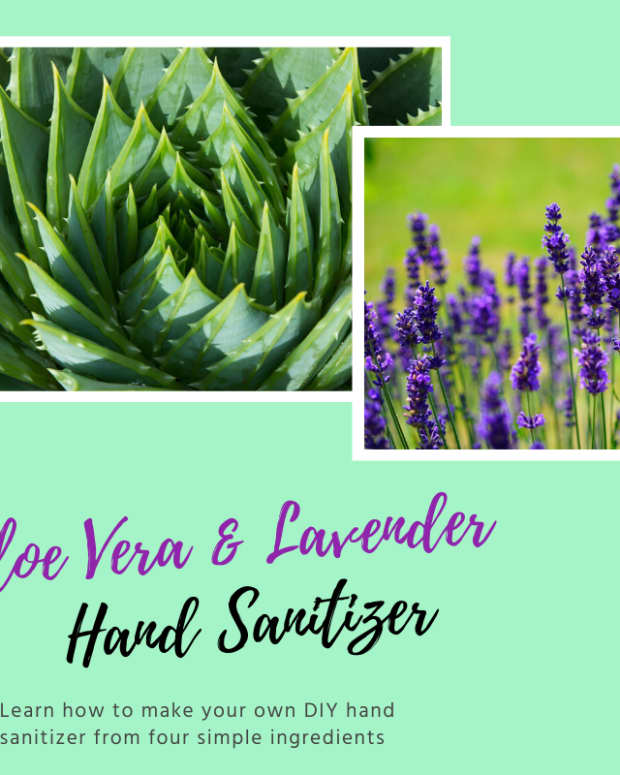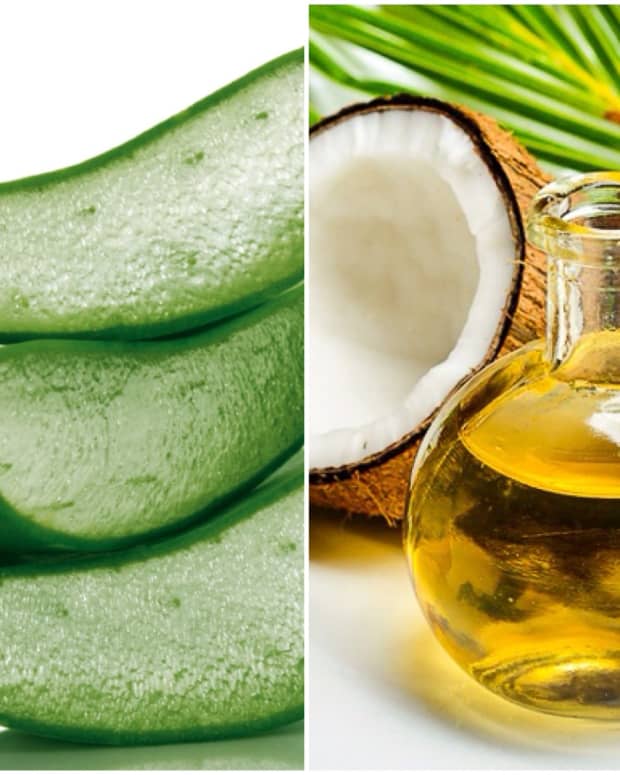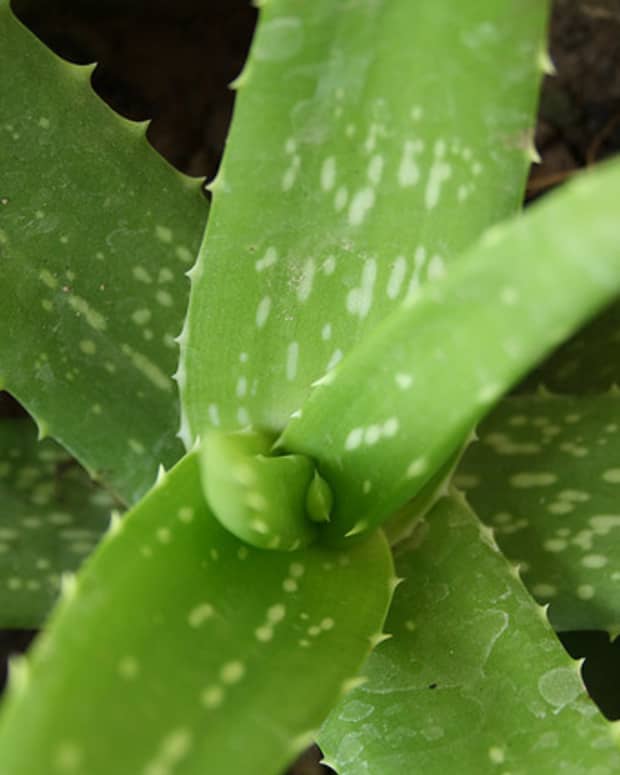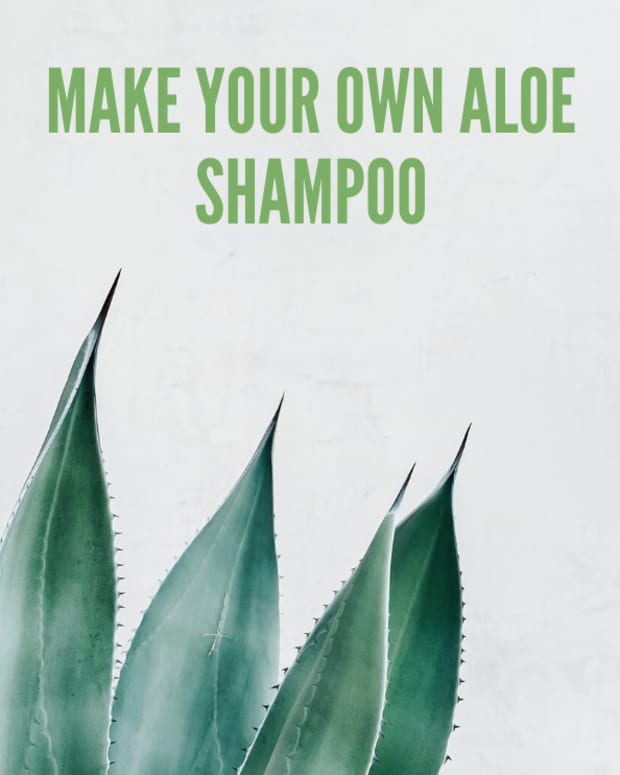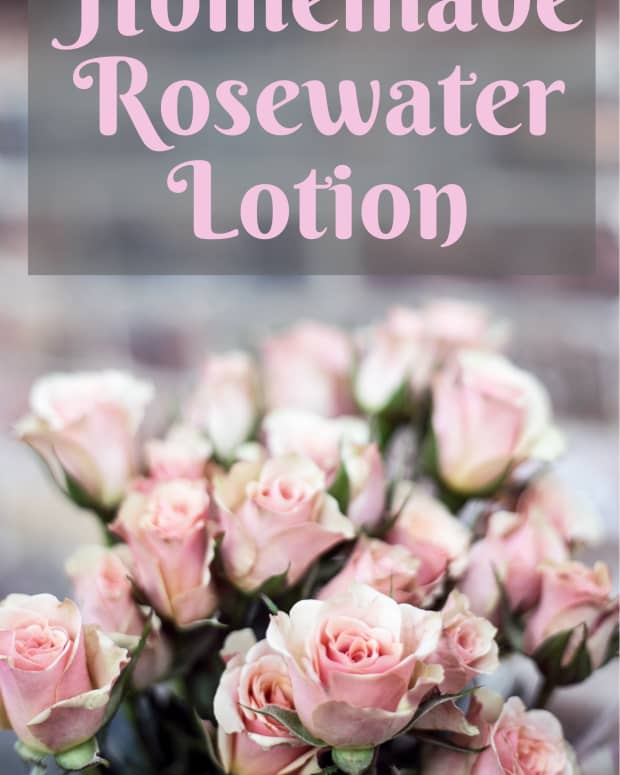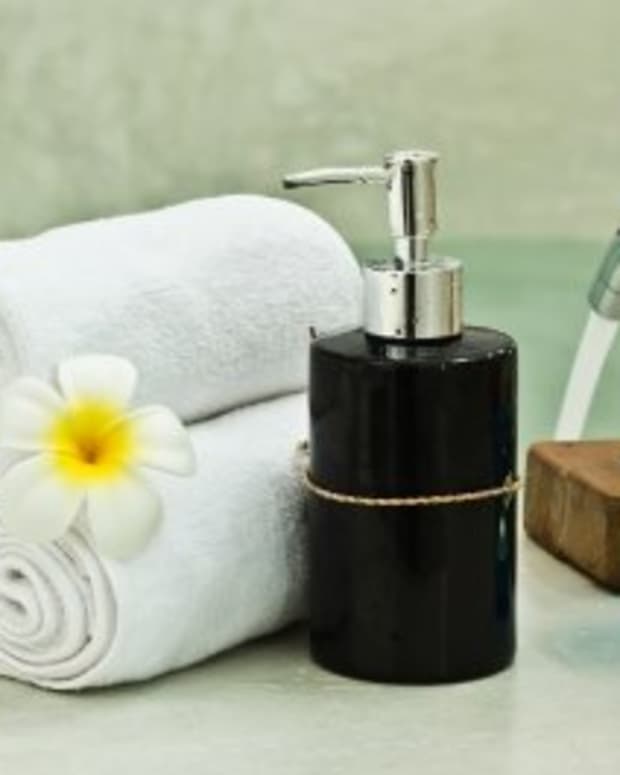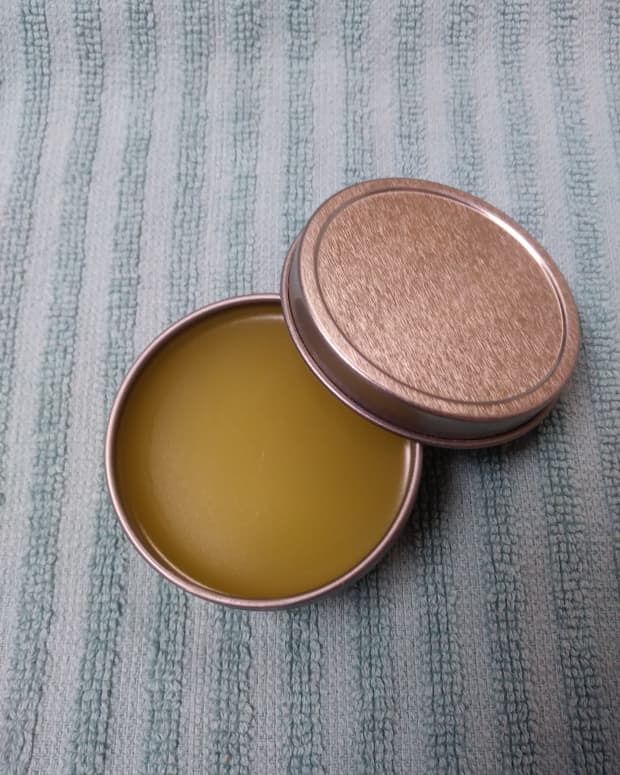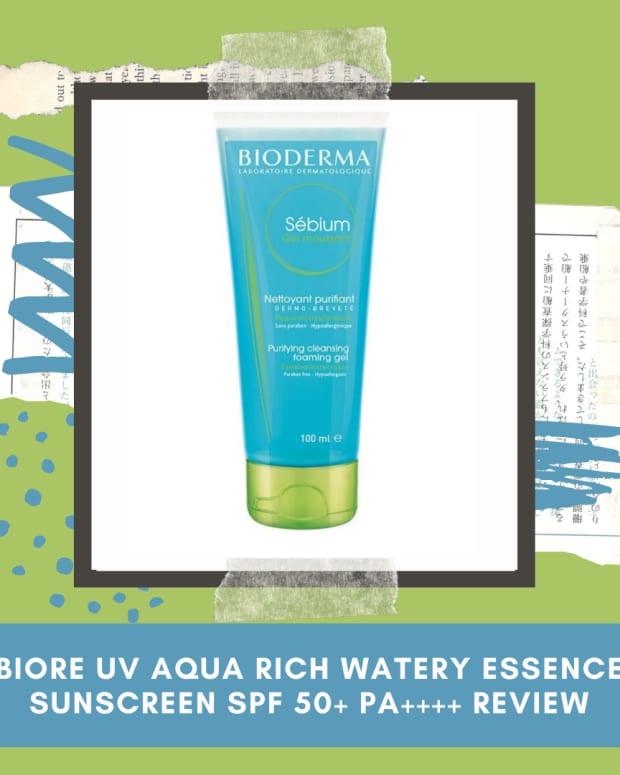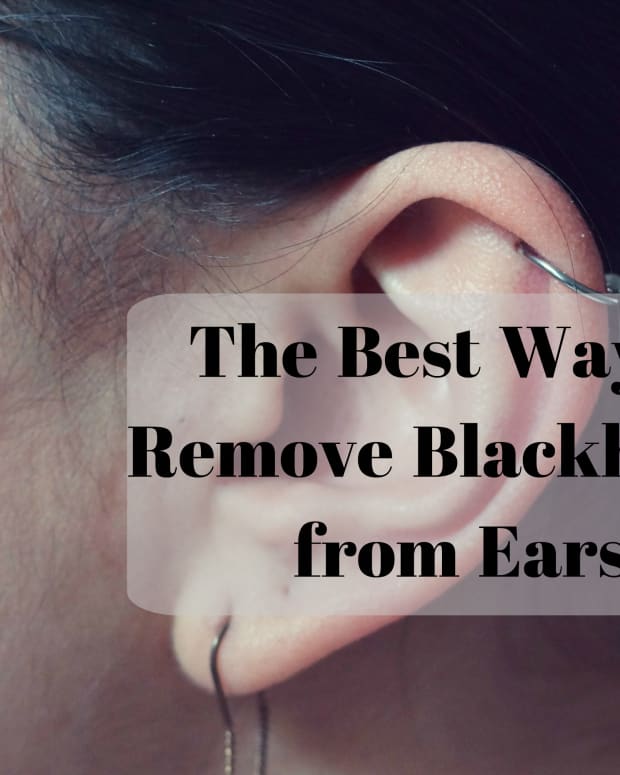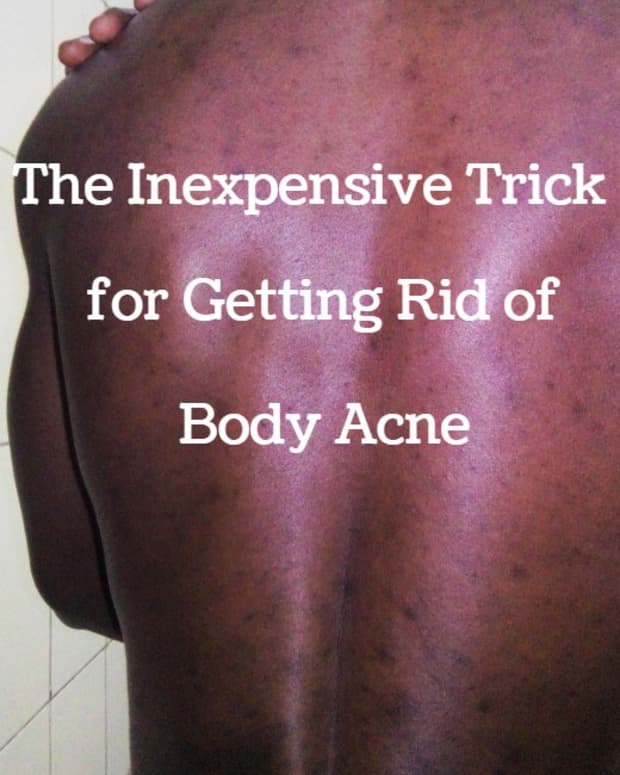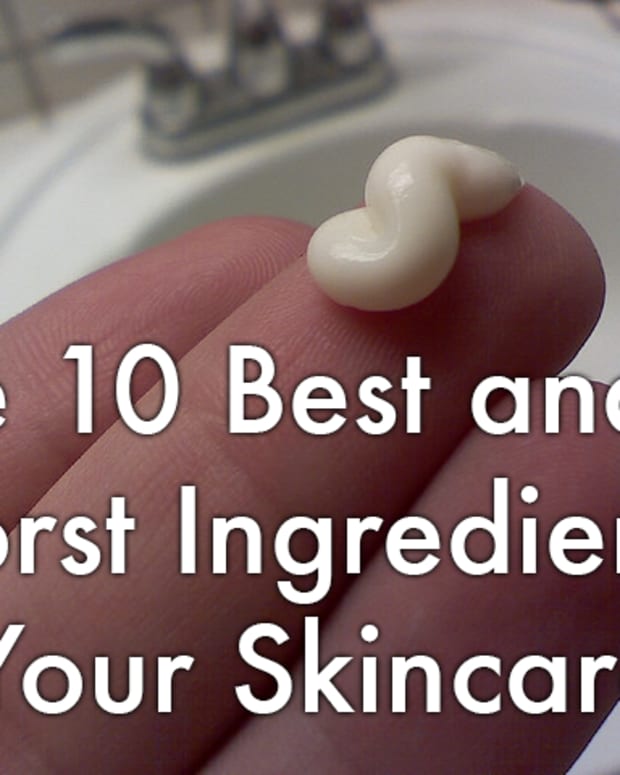How to Make Pure Aloe Vera Gel at Home
I currently live in Bombay and work as a freelance photographer and writer. My interests vary from organic farming to natural health.
Aloe vera gel is known for its excellent ability to penetrate and rehydrate human skin. It also has positive effects on acne, can be used to treat sunburns, and may aid in the regeneration of hair follicles. While I haven't attempted to use Aloe gel for this last purpose, I can say with certainty that it has had a great effect on my skin, made me look and feel rejuvenated, and helped me soothe itchy rashes and mosquito bites. I've also used it to get rid of annoying sleep lines in a matter of minutes. During the heat of summer, nothing beats getting the cold gel out of the fridge and using it as a relaxing face mask.
The primary advantage of making your own Aloe vera gel at home (aside from saving money) is that you can be absolutely sure about what is in it. Many commercial products contain artificial ingredients or lower concentrations of Aloe. Follow the recipe below to make your own pure Aloe gel at home. It only takes about ten minutes, and the gel lasts about two months if refrigerated.
Ingredients
- 2–3 Aloe vera leaves, fresh
- 1 vitamin E capsule
- 1 vitamin C pill
- 1 tablespoon rosewater, bottled
- kitchen blender
- sharp knife
Recipe Tips
- If you don’t have an Aloe plant at home, you can purchase cut and packed leaves in many supermarkets and health food stores. I personally recommend growing your own plant at home. It is an extremely resistant and easy-to-grow species that requires only a warm, half-sunny spot and a watering every few days. Only by growing your own plant can you be 100 percent sure that you are using a pesticide-free product.
- Before handling the aloe leaves, make sure you have washed your hands well. This will help your finished gel stay fresh longer.
- I purchase the vitamins I use in this recipe at a regular pharmacy. The capsule I use contains 400 mg of vitamin E and the pill I use contains 500 mg of vitamin C.
- If you can’t find rosewater in your normal supermarket, try a local Asian, Iranian, or Indian shop—you should be able to find it there.
- This recipe yields a very small amount of product, as I prefer to make my gel fresh every other week. You can, of course, make a larger amount if you prefer—just add more Aloe, vitamins C and E, and rosewater.
Instructions
Once you've gathered everything you need, follow these five steps to create your own pure Aloe gel in just a few minutes. Process photos are included with each step to help you follow along.


Step 1
Pick out two to three healthy-looking leaves on a fresh Aloe vera plant. Cut each of your selected leaves with a sharp knife about an inch above where they meet the stem. The yellow liquid that comes out of the cut tissue can irritate your skin, so be sure to wash the cut leaves well before processing them further.


Step 2
Cut along the edge of the leaf and carefully lift it up like a lid. You can then scratch the contents out easily using a teaspoon. Scrape the gel material from the inside of each leaf directly into your blender. If small pieces of leaf tissue (green chunks in your otherwise clear gel) fall into the blender, just remove them with a clean spoon before adding the other ingredients. Make sure the unprocessed Aloe vera gel is clear and not discolored. If it does not look clear, dispose of it and try a fresh leaf.
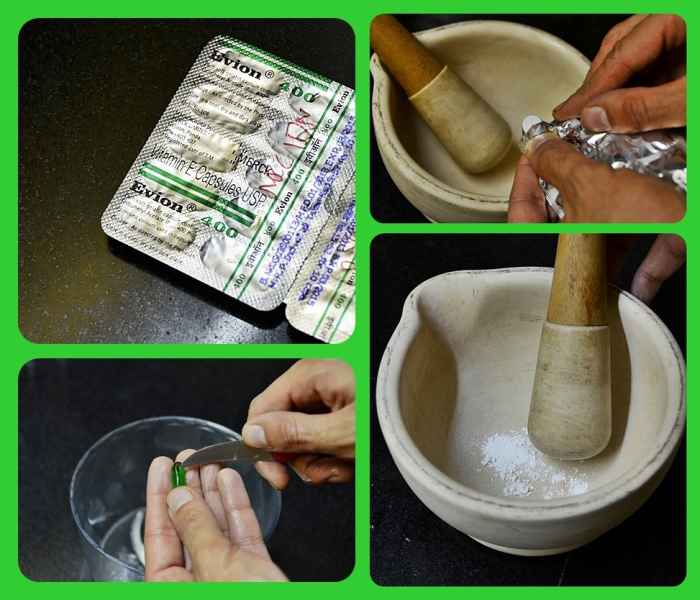
Vitamin E will be in liquid form inside capsule and can be poured directly into your blender. The vitamin C needs to be crushed into a powder before being added.
Step 3
Once you've finished scraping your leaves, add the contents of one vitamin E capsule into the blender. Discard the capsule itself. The vitamin E will enhance the positive effects of the Aloe gel on your skin. Next, crush one vitamin C pill into a powder and add it to the blender—this will help preserve your gel so that it has a longer shelf-life.
Step 4
Add about 1 tbsp of rosewater into the blender—you can adjust this amount depending on how intense a scent you want your finished gel to have. The rosewater serves simply to enhance the scent, as the pure gel can have a grassy and slightly unpleasant smell. Feel free to try other scents and share your results with the community in the comments below.


Step 5
Blend the mix for only a few seconds at a time—try to avoid making it too watery. Your pure, homemade Aloe vera gel is now ready and can be scooped into any clean, airtight container. Glass containers like jars are ideal. You can now keep your gel for about two months in the fridge.
This content is accurate and true to the best of the author’s knowledge and is not meant to substitute for formal and individualized advice from a qualified professional.
Comments
Edith on July 04, 2020:
What happens if my aloe vera gel is now watery it is no longer drawing like it was before
mohammd romman on June 16, 2020:
this is great advice, for even better results use a skincare grade aloe vera like the 10X-D. It has smaller molecules than aloe vera gel so it is able to penetrate the skin.
https://ageless-products.com/aloe-vera-10x-d-gel-f...
Read More From Bellatory
paige on October 20, 2017:
its really good
Hzl on July 22, 2016:
Can i substitiute lemon over vitamin C capsule and how many days will it kast on the fridge?
Granny on July 07, 2016:
Can you blend and strain pieces that are too small to peel? I mean for immediate use. The variety of aloe plant I have just keeps on dividing instead of getting bigger. I am using it to treat my husband's cronic heat rash. It's working amazingly well. He has seen a number of doctors who could do little for it.
elias estatistics Tsolis on May 19, 2016:
I used Aloe Vera as gel (from pharmacy), to treat my stomach pain. I startedto have gastritis / ulcer. It was very very effective, in order to heal it, in a degree.
However, i dont think so that any single product exists without adverse effects. Therefore, caution!
Rachelle on July 31, 2015:
i used your recipe. How do I get the gel smooth? I have little chunks of gel and it sits on my skin when I apply the gel
Wasteless Project (author) from Worldwide on May 09, 2014:
Hi Thelma - have you been careful not to get in touch with the yellow-green juice that comes out of the leaf when cut? You could also try to strain your gel - as sometimes when you scratch the gel out of the leaf small particles of the leaf itself might come into your gel - maybe that is causing the allergy? Have a nice day, too!
Thelma Alberts from Germany on May 08, 2014:
I have aloe vera plants in my garden. I love this plant and I applied this to myself but lately I had rashes from using this. Maybe I´m already allergic to aloe vera. Thanks for sharing this useful hub. Have a nice day!
Wasteless Project (author) from Worldwide on December 20, 2013:
Hi Jericia, that sounds good! I am planning to make a home-made shampoo with Aloe Vera Gel, I will share the recipe here if it becomes a success;)
jericia on December 18, 2013:
I am natural an I'm going to make the aleo jell for my hair
Wasteless Project (author) from Worldwide on October 21, 2013:
Hello Sinthi, I am of course not a dermatologist, but as Aloe Vera gel has been found beneficial in certain cases of Acne you should give it a shot. And yes, you can directly apply the gel to your skin - I use it on my face and my whole body like a bodylotion and it really feels very rejuvenating. As for dark spots - I don't think that Aloe gel will be able to remove spots, but helping your skin to be healthy will most likely increase its own self-protection properties against sun rays and thus will prevent your skin from getting more spots due to sun damage. Of course the topical application of any product can do only that much - a maybe even more important factor will be your diet and lifestyle. Nevertheless, Aloe is a really a god sent plant - and helps me limiting all these awkward substances I would put on my skin through lotions, creams, body-butters and more. Give it a shot and share your experience with us - so far I haven't met anybody who noticed negative effects!
Sinthi on October 20, 2013:
i have an oily skin n pimples on my face,back and upper parts of the hands.
i want to get rid of it..can i use aloe vera gel on my skin directly or is it helpful for reducing my dark spots ?how can i use it?please help me with your advice.
Wasteless Project (author) from Worldwide on October 15, 2013:
Hall Cheri, good to hear that you made your own Aloe Gel. It is true, the gel tends to become a bit runny, especially if you blend it for a long time. Additionally it becomes more watery through the rosewater - you could experiment with a drop of essential oil for a nice smell instead. Even our gel is relatively watery (esp. after I started putting it through a rough strainer to get unwanted leave particles out), but we don't mind it (plus it gets a bit harder when you keep it in the fridge - so right after the making it is more watery than after keeping it in the fridge). I am sure there are natural thickening agents one could experiment with, but the question is, if it would be worth it putting another ingredient on our skin, that isn't really necessary. Share with us if you found a solution that works better with you! Until then I see it a bit more like a lotion, than a thick gel, but that makes it very easy to apply. Much love, Helen
cheri on October 12, 2013:
I harvested some aloe vera for the first time yedterday. But it turned out more like juice than gel. What can I do or did I do something wrong? Thanks for any help.
Wasteless Project (author) from Worldwide on September 25, 2013:
Dear Paxwill, thanks for your comment! I think supplements always have more benefits when absorbed internally, but I read that "When [Vitamin E is] applied topically, it interacts directly with the skin cells, neutralizing free radicals in the skin and preventing many signs of aging, as well as skin cancer risks." Though I am no medical expert this sounds fairly reasonable to me. Much love, Helen
Wasteless Project (author) from Worldwide on August 21, 2013:
Thank you Jamie for reading and enjoying my hub. It's true, for many years I had no idea how easy accessible Aloe Vera could be! Now I always have a small bottle in the fridge and I am totally amazed by the results. I hope it will give you as much benefits as it does to us:)
Jamie Brock from Texas on August 19, 2013:
Wow, I love this recipe! I have never even thought about doing my own aloe vera gel at home. My grandma always had aloe vera plants and she would put some on us when we got burned. Still nothing has ever worked as good as aloe vera for burns. Great hub, thank you for sharing :)
Wasteless Project (author) from Worldwide on July 19, 2013:
Hi peachpurple, that's great to hear. I really use my own Aloe Vera Gel nearly every day on my face, neck and elbows and it really seems to improve my skin - especially if you have dry skin, but an oily face care product wouldn't suit your skin type. I also once was badly bitten by many mosquitoes and was going crazy with the itchiness - even here Aloe Vera really helped me. Plus the more you learn about the unwanted chemicals in your everyday care products, the more you'll appreciate your home-made cosmetics. Try it out and share your experiences with the community!
peachy from Home Sweet Home on July 19, 2013:
i do have 5 pots of aloe vera at home. I heard of the magical benefits of this plant but never thought of blending them into a paste. With your hub, i can keep some for my face application. Voted useful
Wasteless Project (author) from Worldwide on July 12, 2013:
A recipe variation of some friends on facebook: Hey Helen thanks for sharing the lovely step by step.We made this today, with a few variations - I used Vit D instead of E and Sandalwood paste instead of rose water, as we had neither Vit E nor Rose water at home and were too lazy to go shopping - turned out so well! Our faces are literally glowing. The Effect was much more than we'd expected from the juice of the unassuming little garden plant! We love it! Thanks again :))

